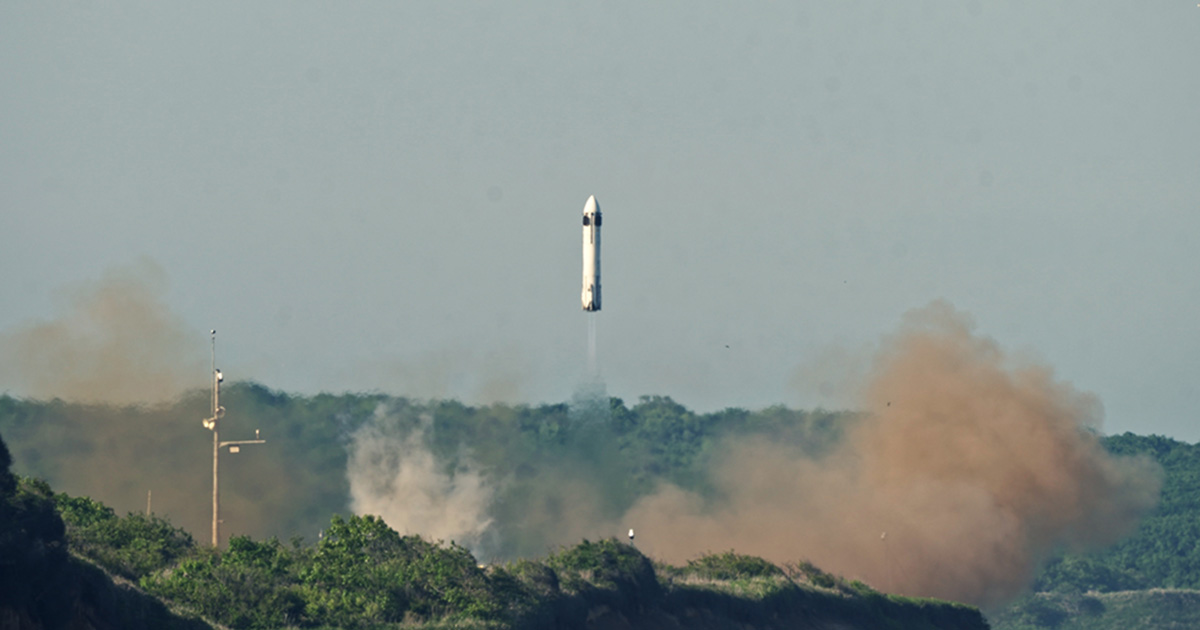
As announced in 2021, Honda has been pursuing research and development in the field of space technologies while viewing it as a place to take on challenges to realize the “dreams” and “potential” of people worldwide while leveraging its core technologies. Honda has the aim to enable people to transcend the constraints of time, place or ability and make people’s daily lives more enjoyable. Examples of Honda initiatives toward creating new value in the ultimate environment of outer space include research into a circulative renewable energy system, key robotic technologies for use in outer space and reusable rockets.
Inspired by the dream of young Honda engineers who wanted to build rockets by utilizing core technologies amassed by Honda through the development of various products, such as combustion and control technologies, Honda started rocket research based on the belief that it has the potential to contribute more to people’s daily lives by launching satellites with its own rockets, that could lead to various services*3 that are also compatible with other Honda business.
In today’s world, vast amounts of data are consumed, with the growing expectation for greater utilization of a data system in outer space through expanded use of satellites. In light of this trend, the need for satellite launch rockets is also expected to increase in the coming years.
In this market environment, Honda has chosen to take on the technological challenge of developing reusable rockets by utilizing Honda technologies amassed in the development of various products and automated driving systems, based on a belief that reusable rockets will contribute to achieving sustainable transportation.
Although Honda rocket research is still in the fundamental research phase, and no decisions have been made regarding commercialization of these rocket technologies, Honda will continue making progress in the fundamental research with a technology development goal of realizing technological capability to enable a suborbital launch by 2029.







